Jay Z, The Notorious B.I.G., Busta Rhymes, and DMX were all students here.
Referenced in lyrics by Biz Markie, Gang Starr, Beastie Boys, etc.
Originally a Jazz spot, The Apollo became home to hip hop headliners. Everyone from Michael Jackson to Doug E. Fresh have performed here. Also famous for its "Showtime at the Apollo," show, which debuted in 1987.

Originally opened as a spotlight for afro-latina music, by the early 90s it hosted some of the biggest names in Hip Hop, including Nas, Taleb Kweli, The Roots, Outkast and more.
The humble beginings of Def Jam Records started inside this NYU dorm room. Rick Rubin and Russell Simmons laid out their blueprint for taking hip hop mainstream here.
Home of The Stretch and Bobbito Radio Show, where Big L, Jay-Z, Nas, Busta Rhymes, and many others would drop live freestyles and receive airplay before becoming famous.
Popular recording studio where Tupac was shot in 1994. It was also the hub of many major recording artists, including Jay-Z and LL Cool J.
One of the most infamous hip hop clubs in the 90s. Rappers in this era often talked of the club in their music and countless hip hop performances have gone down here.
Popular hip hop club in the 80s and 90s. Tupac Shakur, Biggie, Chuck D and Redman were all in attendance. Lil Kim, Diddy and Jr. Mafia performed in 1997. It was also demolished later that year.
Dapper Dan was dubbed the "Harlem hip hop Tailor" of the 80s. LL Cool J, Salt-N-Pepa, Run DMC, and Rakim are just a few of the rappers who wore his custom, faux-designer print clothing.
This was the site of the first hip hop block party.
Iconic hip hop MC KRS-ONE was discovered here in a homeless shelter at the Morrisania Armory.
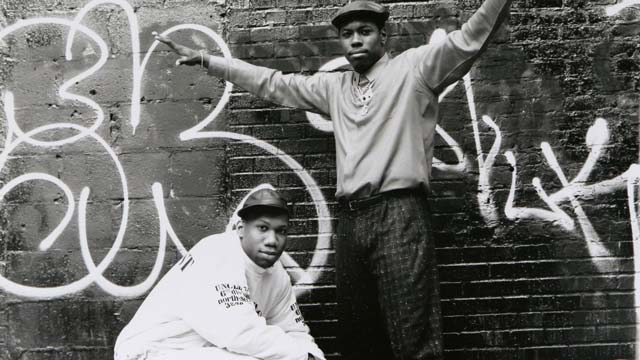
This was a renowned graffiti spot where the Tats Cru, a.k.a. the "Mural Kings," called home.
Jay-Z was raised here and often references this area in his music.
The spot where Biggie (then 17 and pre-fame) was often spotted rapping.
The home in Bed-Stuy where Biggie grew up.
Where 'Do the Right Thing' was filmed and the location of the fictional "Sal's Famous Pizzeria."
Factory building where graffiti murals were allowed and encouraged. Artists like Doug E. Fresh, Kurtis Blow, Grandmaster Caz, Mobb Deep, and more shot videos using this as a backdrop.
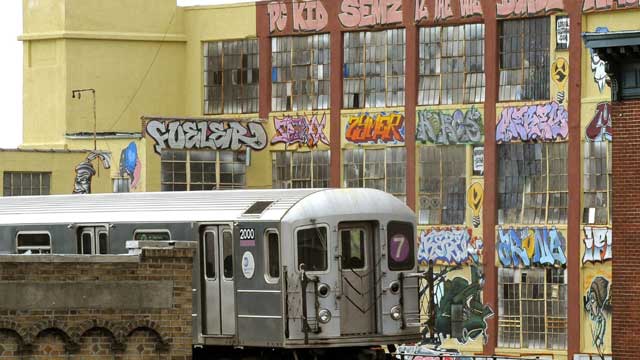
"The Bridge Wars" was a hip hop rivalry throughout the '80s and early '90s between KRS-One and MC Shan.
Nas grew up here along with numerous other hip hop acts of the 90s.
Seminal rap group Run-DMC hails from the Hollis section of Queens. They paid homage to their 'hood on the 1987 single "Christmas in Hollis."
Where Wu-Tang shot the infamous "C.R.E.A.M." video in Jamaica, Queens.
Mack Wilds as well as Ghostface Killah and numerous members of Wu Tang grew up here.
The final single from Wu-Tang’s debut album, Enter the Wu-Tang (36 Chambers), was shot in front of this noteworthy graffiti mural.
A must-play performance venue for up-and-coming artists, which catered to various genres including Hip Hop.

A popular nightclub, and the location for the Notorious B.I.G.’s video for his classic “Big Poppa.”
Inspired by graffiti writers like Lee Quiñones, who used street art to speak on social issues. Artist Keith Haring painted a handball court to speak out against the epidemic of crack addiction.
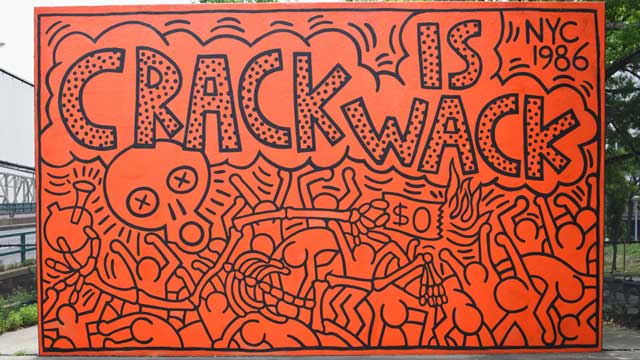
A famed DJ equipment rental and sale store that was frequented by the likes of such stars as Q-Tip, Wu-Tang Clan and even filmmaker Spike Lee.
A famous and beloved non-profit space on Manhattan’s Lower East Side that featured groundbreaking poetry contests as well as rap showcases through out the 90s.
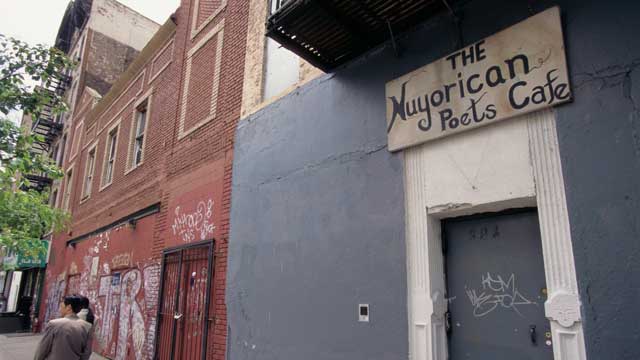
A popular after-hours nightclub from 1983 until 1997 that was hot amongst the hip hop crowd when house music rose in popularity in the early 1990s.
Beloved Harlem burger joint frequented by hip hop stars and featured in the classic crack-era film Paid in Full.
A famous basketball court in Harlem, which hosts a basketball tournament that has featured NBA icons and teams sponsored by hip hop superstars like Fat Joe and Sean Combs.
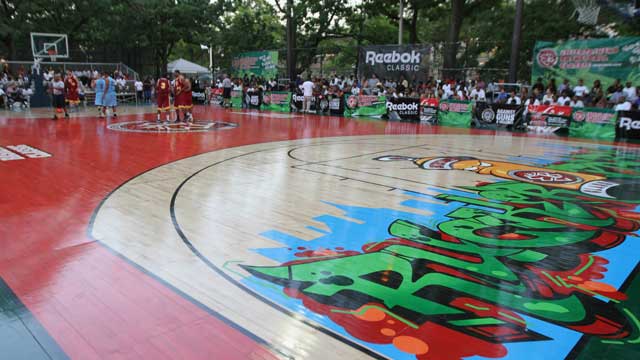
A hotspot for rappers and athletes alike, the upscale seafood joint hosted events that drew the biggest names in entertainment from Fat Joe to Jay Z. Even President Bill Clinton stopped by on occasion.
The fabled home of the New York Yankees was referenced in countless rap songs by NY rappers. It was blocks away from where hip hop stars Fat Joe and Big Pun grew up.
A popular record store located in downtown Brooklyn.
A large Queens-based housing development that was home to such famous rappers as Kool G Rap and N.O.R.E.
Nicknamed "Crack Hill" in the 1980s, Wu Tang was once harrassed by police here while shooting footage.
Shyheim was a rapper/actor from the Island who was affiliated with the Wu-Tang Clan.
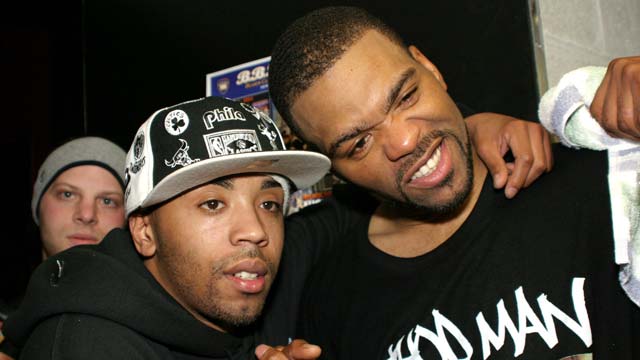
Before the Brownsville, Brooklyn rapper-producer became the mastermind behind the Wu-Tang Clan he tried his hand at a solo career in 1991 under the moniker Prince Rakeem.

A founding member of the influential rap group, A Tribe Called Quest. The Queens native was reveered for his smart, witty lyricism that gave rap fans countless hip hop quotables.
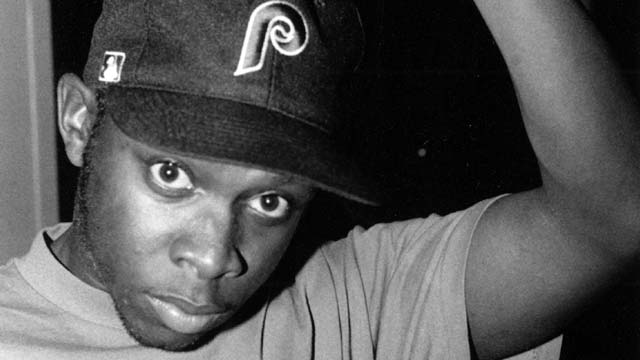
The 1988 debut album, Long Live the Kane, from this Brooklyn-born MC is an influential classic that inspired future stars Jay Z and Nas.
The legendary hip hop label helped launch the careers of Afrika Bambaataa, Queen Latifah, House of Pain, De La Soul, and Naughty By Nature.
The Latin Quarter was the scene of epic performances and rap battles, including the infamous KRS-One vs. Melle-Mel showdown.
The Manhattan based studio was a work station for rap stars the likes of the Beastie Boys, Run-DMC, and Nas.
The legendary New York recording studio was a creative hub for artists like Gang Starr, Rakim, KRS-One, Nas, and Fat Joe.
This NYC hotel was home to the 11th annual New Music seminar, where the hip hop industry came together to discuss music and discover new talent.
Eric B and Rakim shot their famous "I Ain't No Joke," music video on 125th in Harlem. The visual captured a day in the life of the legendary duo. Flavor Flav makes an appearance in the video.
Grandmaster Flash helped make this night club located in the Bronx an early hotspot for hip hop fans.
A native son of Harlem, Kool DJ Red Alert rose to fame on New York City radio station 98.7 Kiss FM. He is recognized as one of the pioneers of hip hop music.
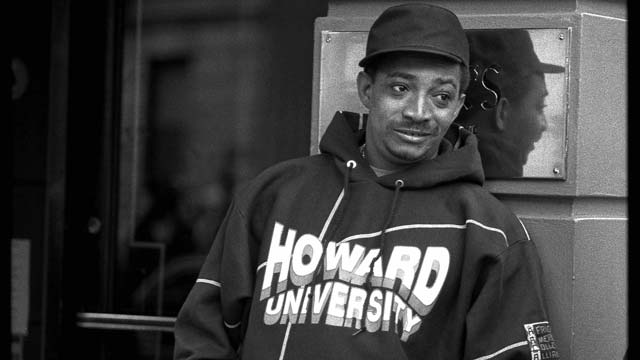
This Harlem-born musician is the founder/CEO of the seminal hip hop label Sugar Hill Records. Robinson is known to many as "The Mother of Hip Hop."
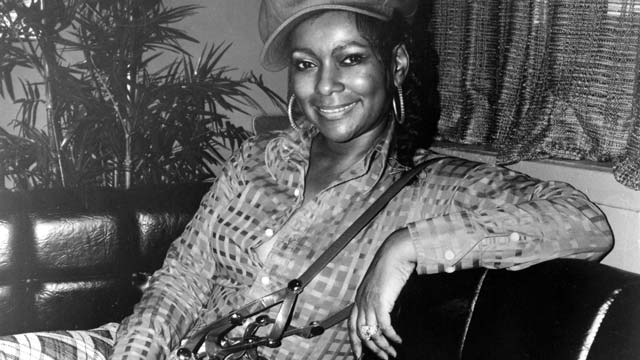
Phat Farm Boutique in SOHO housed Russell Simmons' Phat Farm clothing line. The brand helped give hip hop a seat at the table in the fashion world.
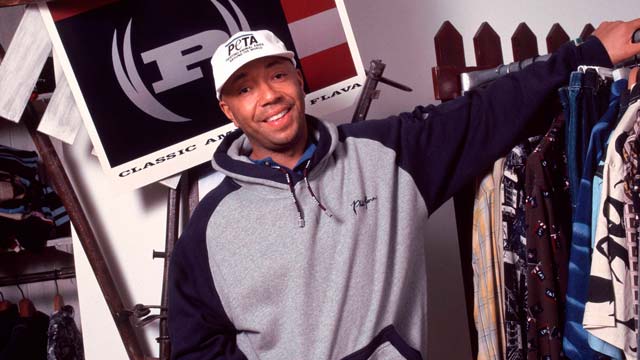
Kurtis Blow is the first rapper to ink a major label deal when he signed to Mercury Records in 1979. His second album The Breaks is certified gold.
The Bed-Stuy, Brooklyn born hip hop personality was the first host of Yo! MTV Raps. His interviews with many of the genre's stars helped introduce hip hop to broader mainstream audience.
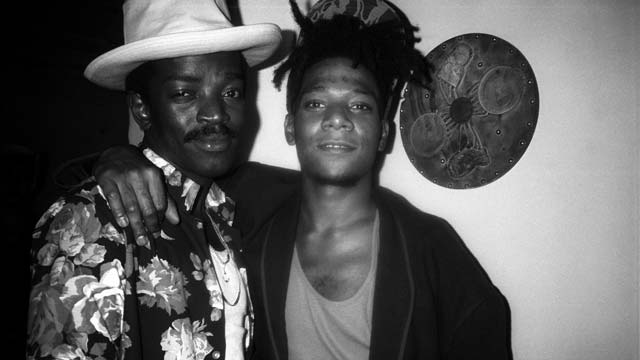
This pre-med student turned rapper understood the chemistry to making radio-friendly hip hop hits. The Brooklynite saw his 1991 single "Treat 'Em Right," crack the Billboard Top 100 chart.
Arguably the greatest storytelling in hip hop history, Slick Rick drew the inspiration for the iconic tales told on his 1988 debut album, The Great Adventures of Slick Rick, from growing up in the Bronx.
The seminal 1983 hip hop film that showcases the pillars, the MC, graffiti, break dancing, DJ, that stand as the foundation of the genre.
The Queens-bred MC is one of the greatest storytellers. As one half of the duo Kool G Rap and DJ Polo he started the kingpin rap trend with their 1989 album, Road to the Riches.
Grandmaster Flash and the Furious Five formed in the South Bronx and released the impactful socially conscious single "The Message" in 1982.
The Bronx native is credited with releasing the first single, "It's Yours," on Def Jam Records.
The response diss track to U.T.F.O's "Roxanne, Roxanne" which later sparked the legendary "Roxanne Wars."
Some might consider the Hollis, Queens native hip hop's first pop star. He was equalparts sex symbol and street-certified, with the ability to drop rap ballads and lethal battle raps.
An alternative hip hop duo that garned critcial-acclaim for their 1991 self-titled debut album.
The B-Boy crew introduced the art of breakdancing to the world. The collective was first started in the Bronx and spread into subsets throughout the five boroughs.
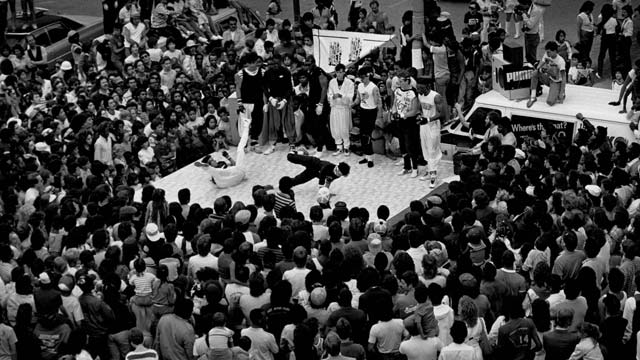
Where A Tribe Called Quest shot the video for their classic song "Check the Rhime." A section of the street was renamed for Phife Dawg.
Keith Sweat Talks Club MTV And R&B.
Live Performances by Sugar Hill Gang & Big Daddy Kane at the Apollo.
Before their long-standing rivalry, the Notorious B.I.G. and Tupac Shakur electrified the crowd at Madison Square Garden in a once in a lifetime freestyle performance in 1993.
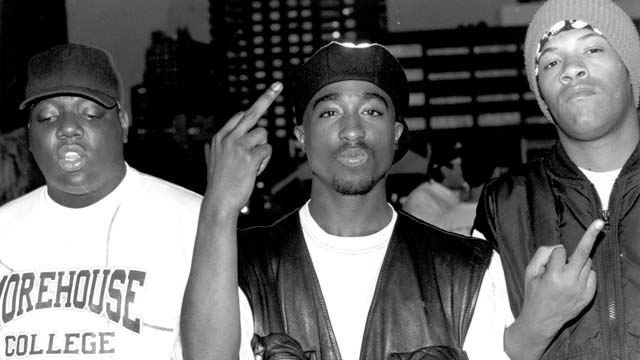
Legendary hip-hop artists Fantastic Five, Treacherous Three, the Rocksteady Crew and more shut down East River Park in an epic performance as part of the feature film "Wild Style" in 1982.
The Bronx native was one of hip-hop’s first radio DJs. He began his career on NYC's 98.7 Kiss FM in the 1980s and helped break records for some of the genre’s most known luminaries.
Kool Moe Dee and Busy Bee Starski had one of the earliest recorded rap battles. The clash went down at the famous Harlem World nightclub. Moe Dee was crowned the undisputed champion of their battle, following their two-round contest.
Juice Crew's Craig G and Supernatural went head to head in a rap battle at the Lyricist Lounge. On this particular night—Craig G outed his opponent for not being a native New Yorker and the exposure drove the crowd wild.
Rivals Lord Finesse and Percee P. went rhyme for rhyme on the mic back in 1989. The two agreed to meet up in Percee’s native Patterson Projects for the battle.